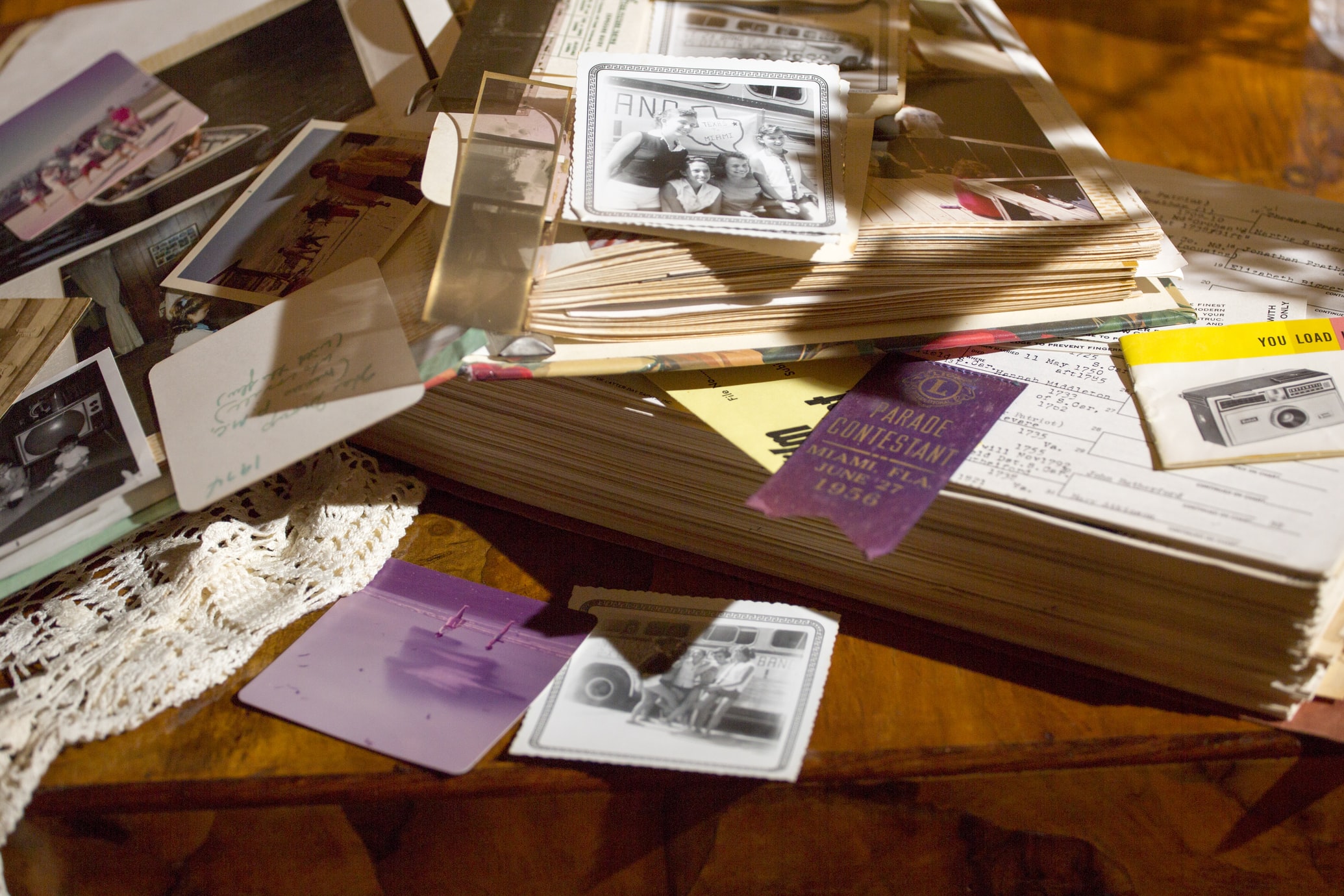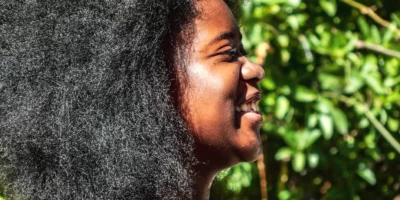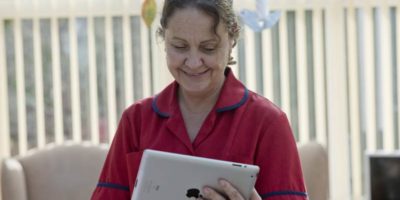Although we all hold onto a wealth of life experience in our memories, use them to inform our future lives and provide reference to our actions and associated emotions, we actually need very little information to help preserve a person’s sense of self. This week we look at how to record life story information, and what to record…
We select elements of the memories we wish to share according to who we are with, creating the picture of ourselves that we want to portray.
What is most important is often as simple as recognising the person’s status. That might be in terms of their role in their working life: doctor, nurse, manager, cleaner, housewife; or their role within the family: mum, dad, daughter, son, grandmother, grandfather.
Cue cards are a great way to record life stories. They can be organised by topic, theme or chronology, and carers can pick one to work with when needed. Keep them in a box or basket in the resident’s room.
Alternatively, you could try some sort of life-mapping structure on a big piece of card, or even a whiteboard so it can be added to and changed as needed. Often this hangs on the back of a resident’s door to use as a simple visual guide.

Finally, you may want to put the information in a book – in the form of a scrapbook – which you can order chronologically, or even by theme, with tabs for finding information easily. A ring-binder structure is good for this as you can then take out, add in or move certain pages.
Either way, the key is that the information can be used during most interactions residents have with carers and other members of the care home team. Reviewing and updating this resource to reflect new information and changes should be quick and simple.
Make sure to also add important keepsakes, familiar photos and favourite books (or lists of books if space is an issue) to the collection.
When recording stories, focus on the positives, as these are what you will build activities for the person around. But also flag potential stumbling blocks, or triggers, which people might need to be aware of.
Next week: How to use life story information to help create person-centred care.




